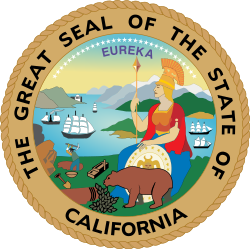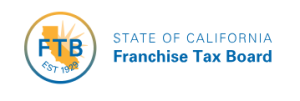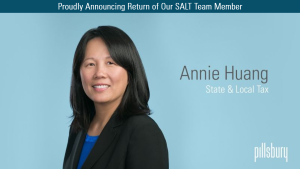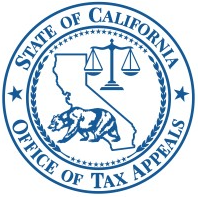
Proponents have filed a California ballot initiative proposing a one-time wealth tax on individuals with more than $1 billion in net worth. The “2026 Billionaire Tax Act” would impose, for tax year 2026, a 5% tax on “all forms of personal property and wealth, whether tangible or intangible” exceeding $1.1 billion, with a slightly lower rate on amounts between $1-$1.1 billion. California residents, part-year residents, and certain trusts would be subject to the tax. The initiative would also impose penalties ranging from 20-40% for understatements of the tax.
 SeeSALT Blog
SeeSALT Blog







